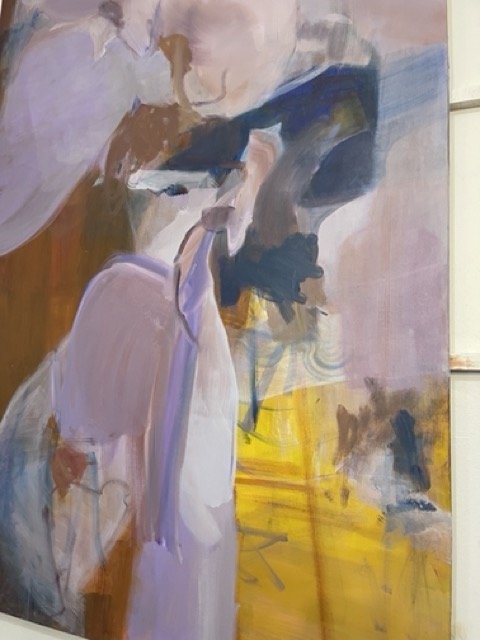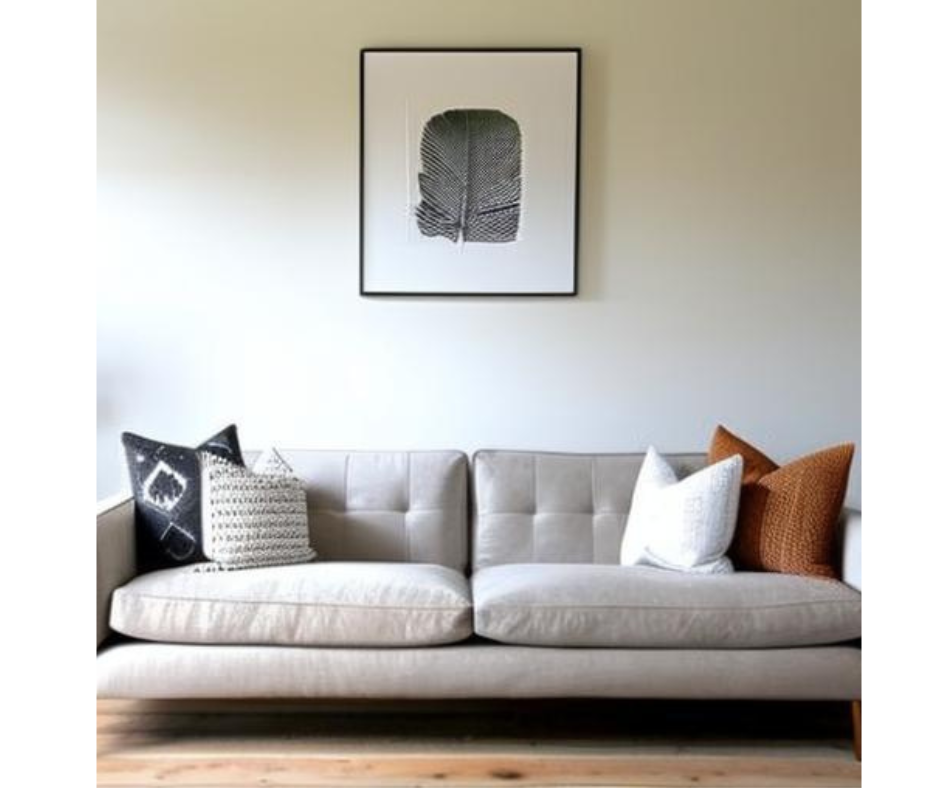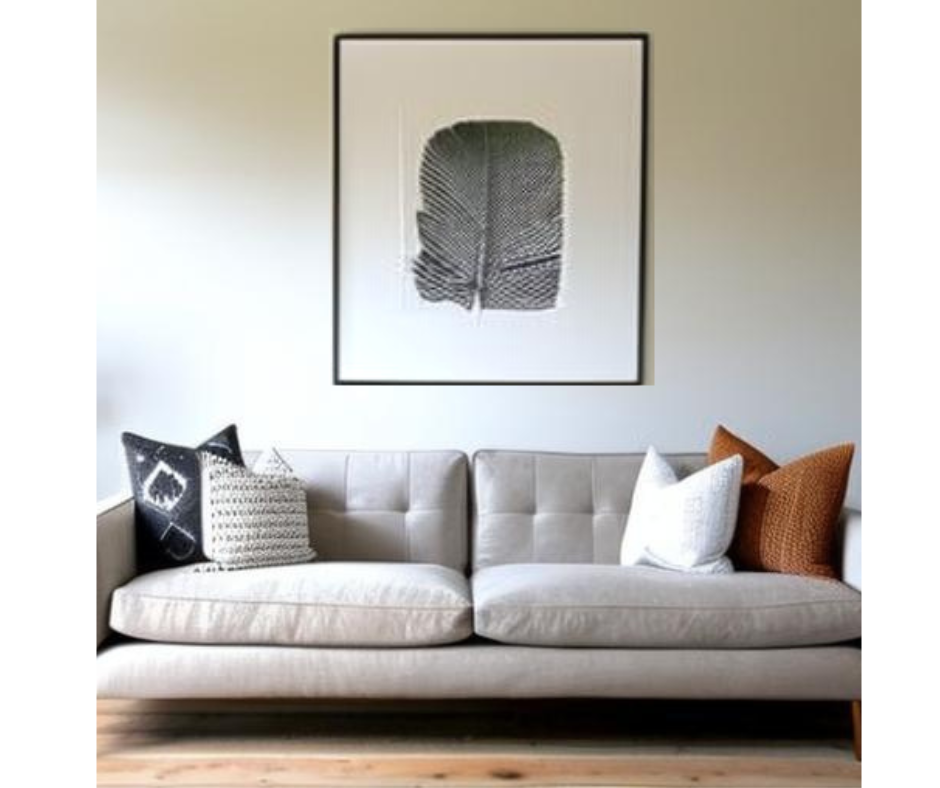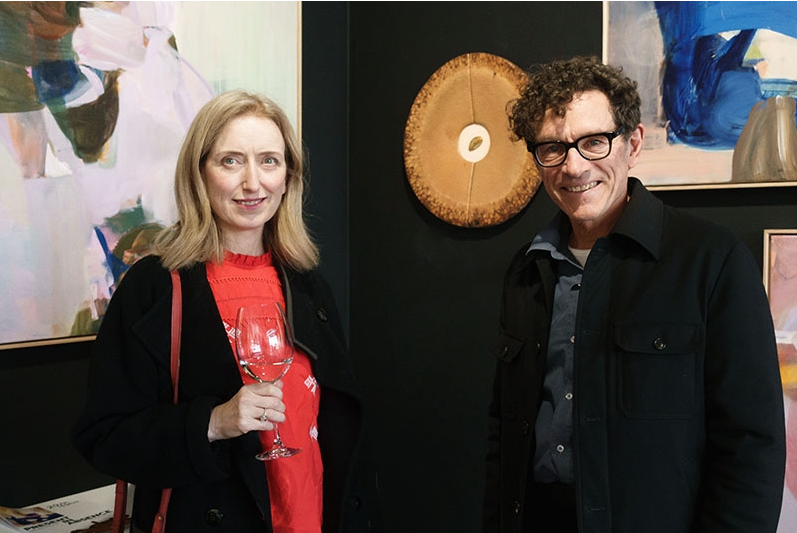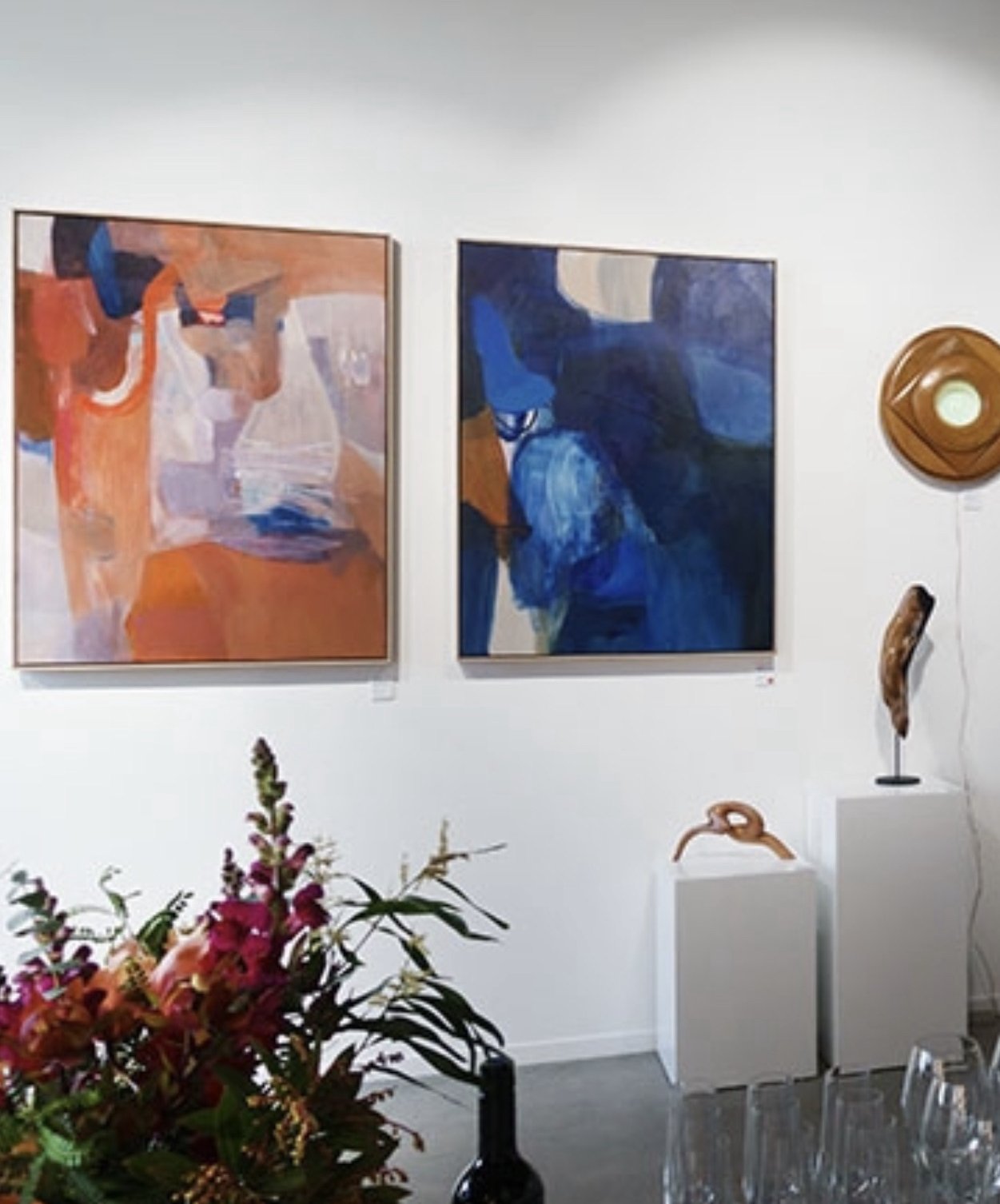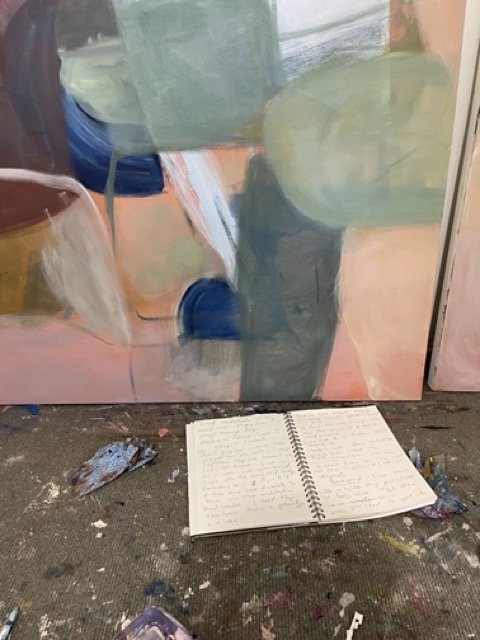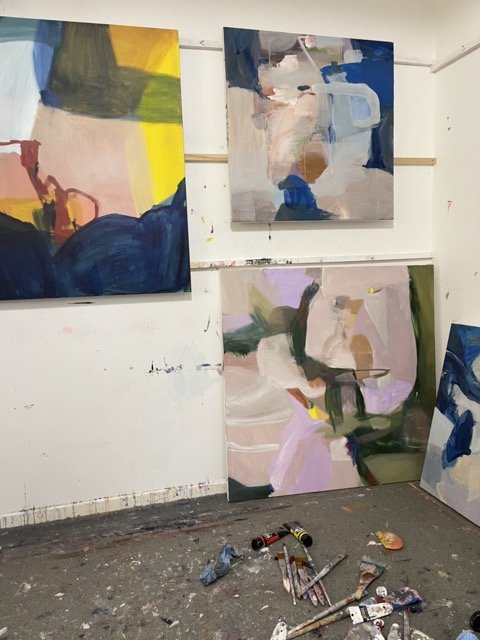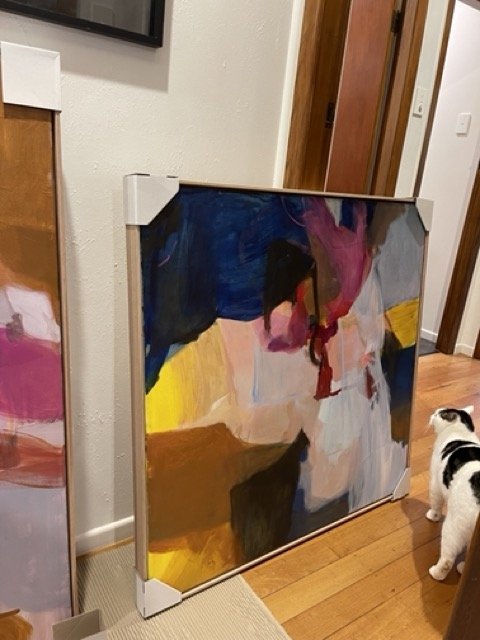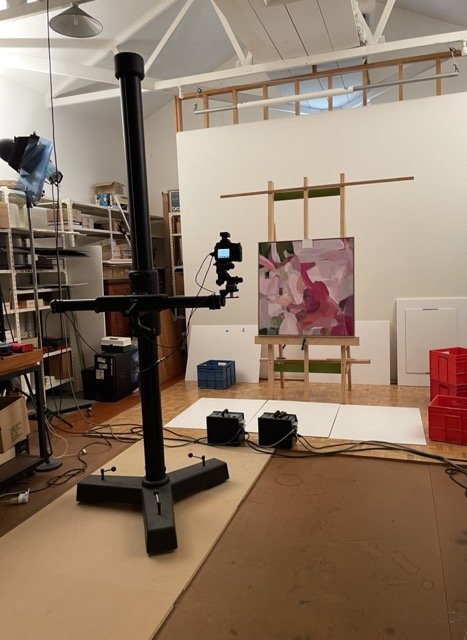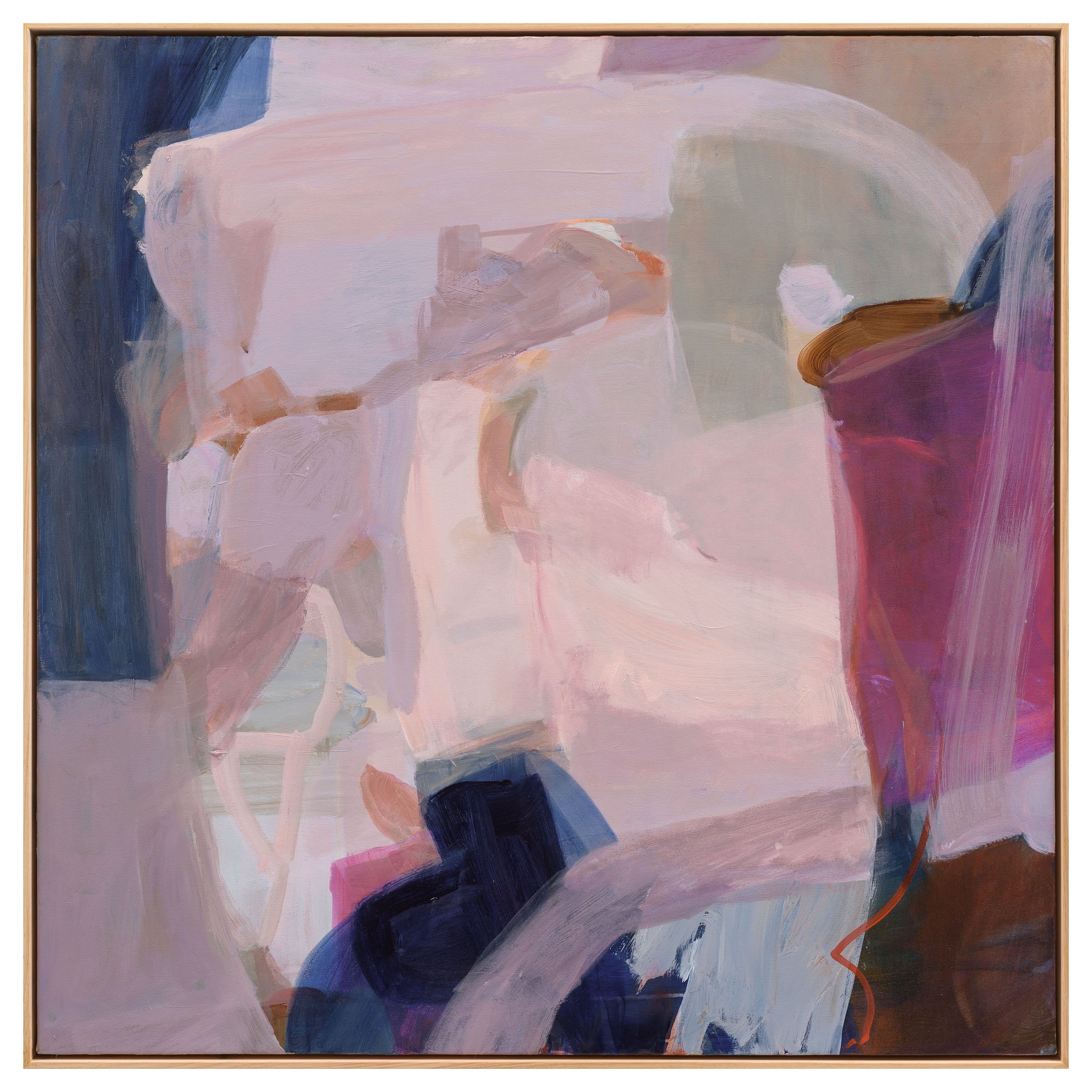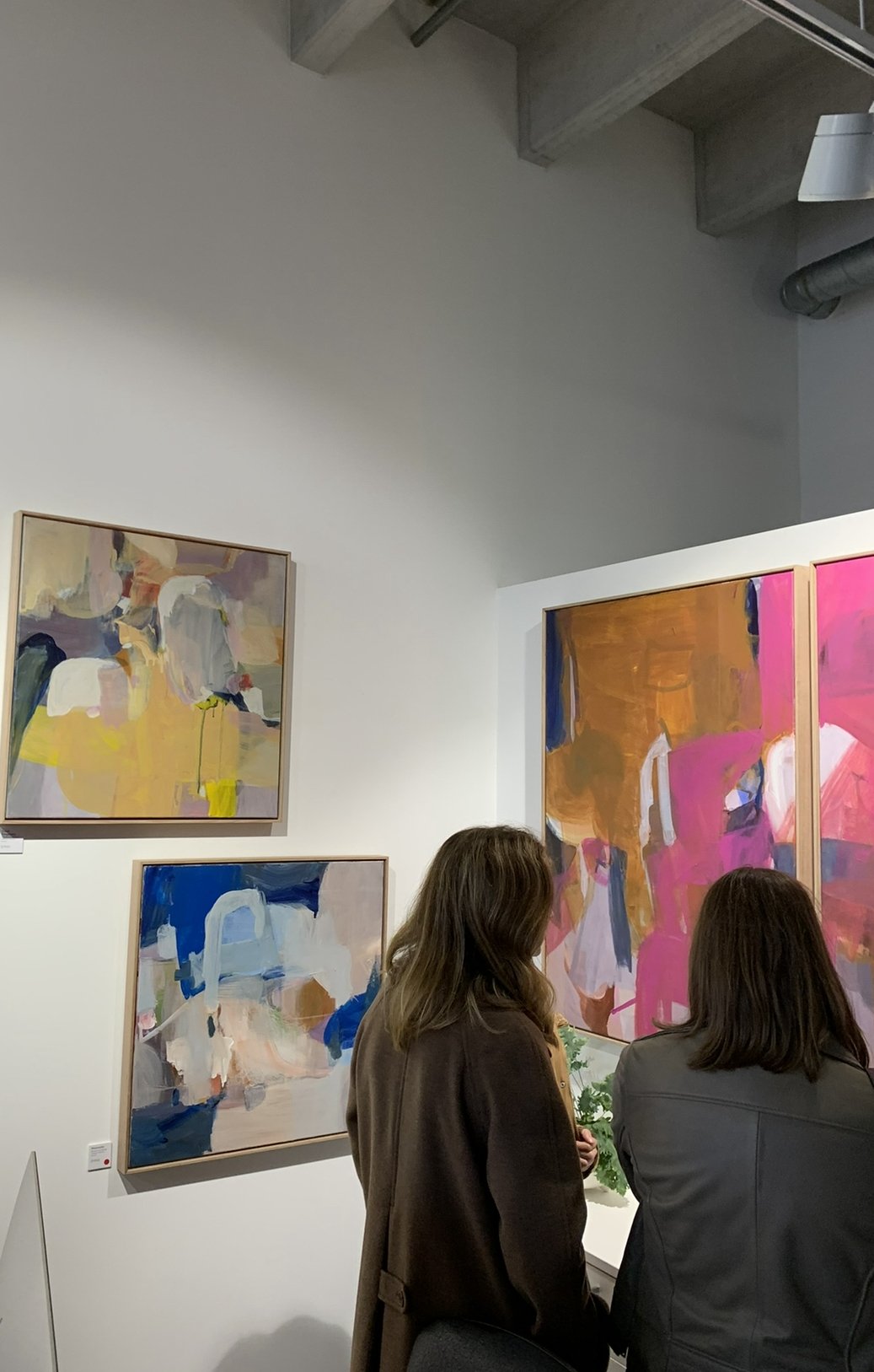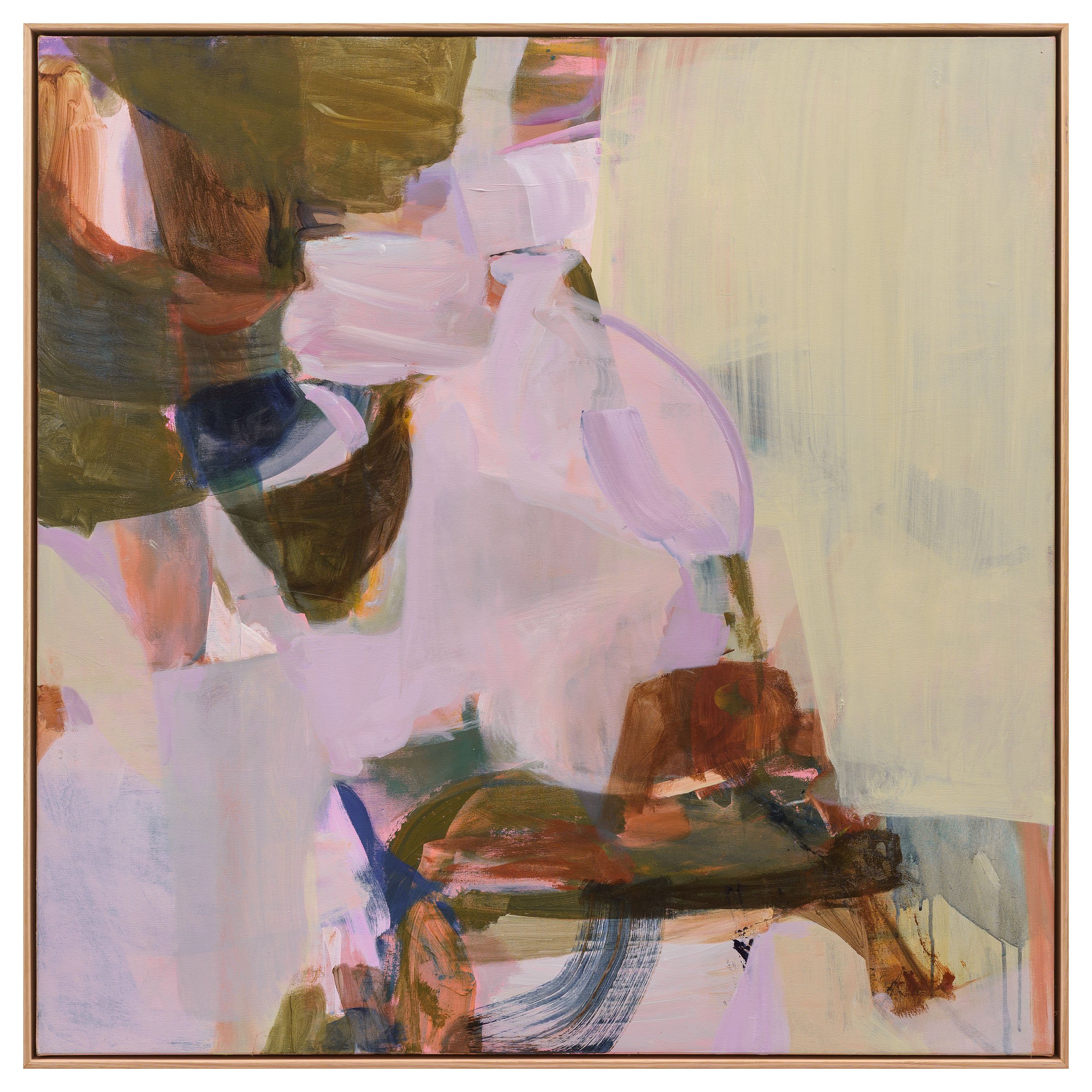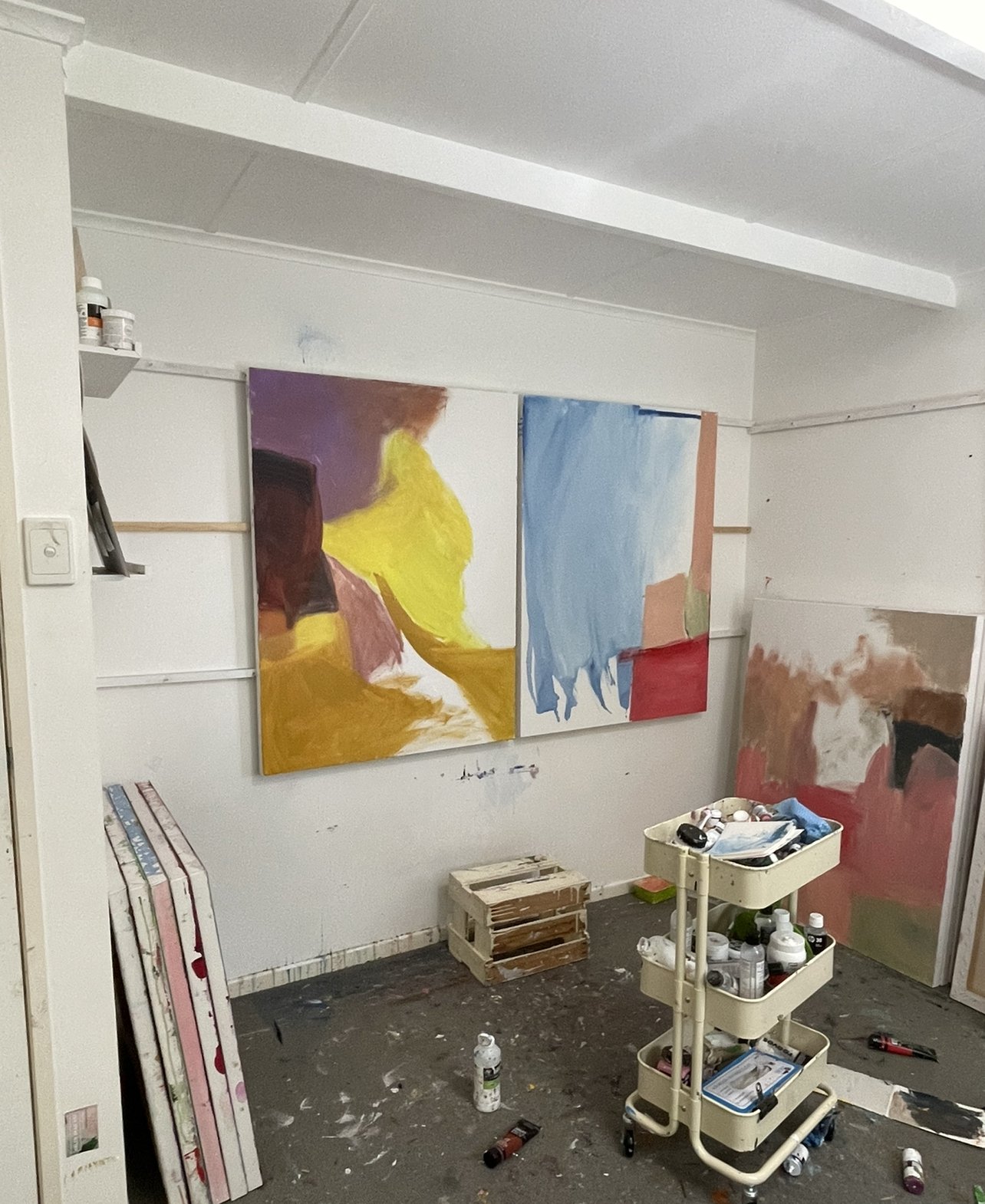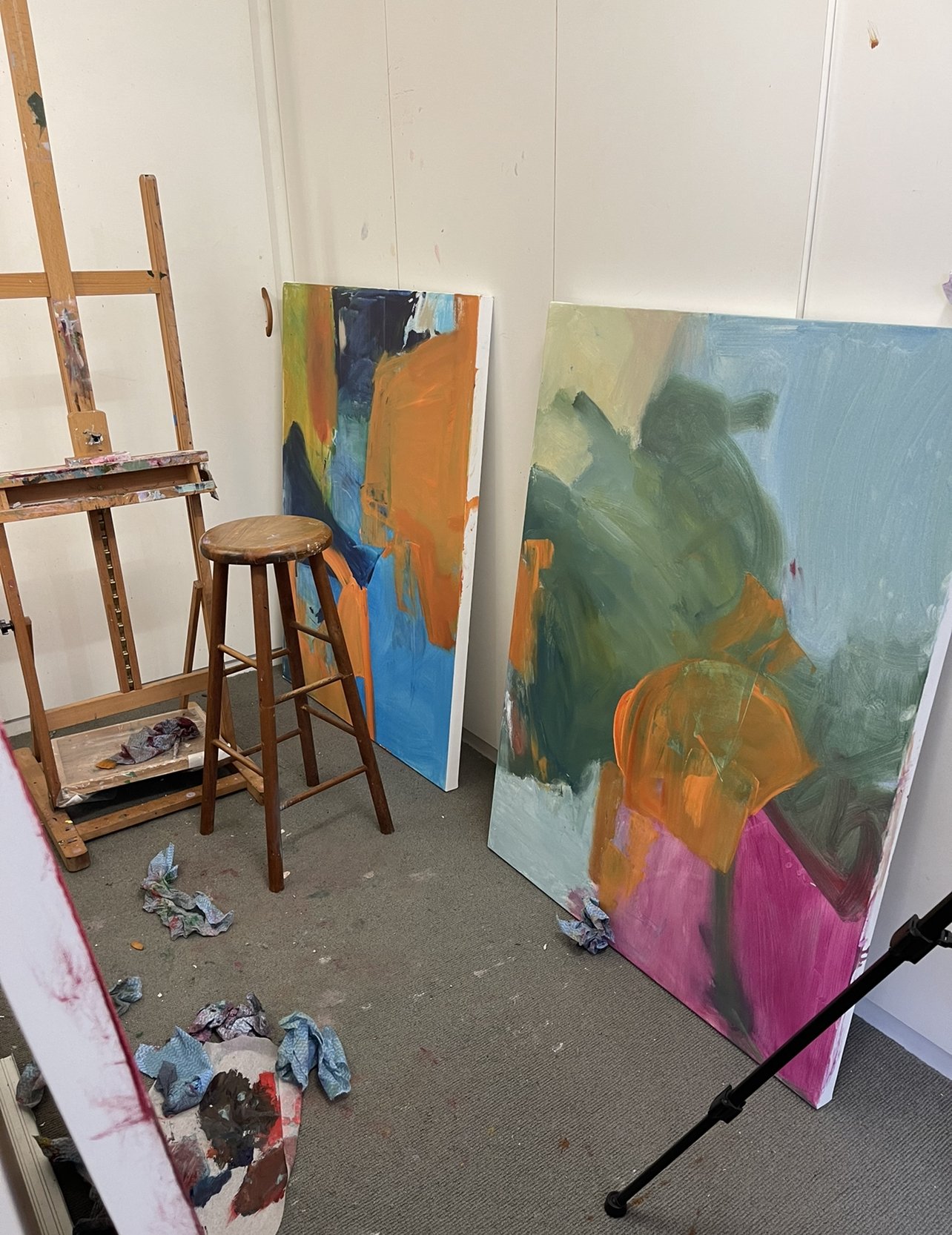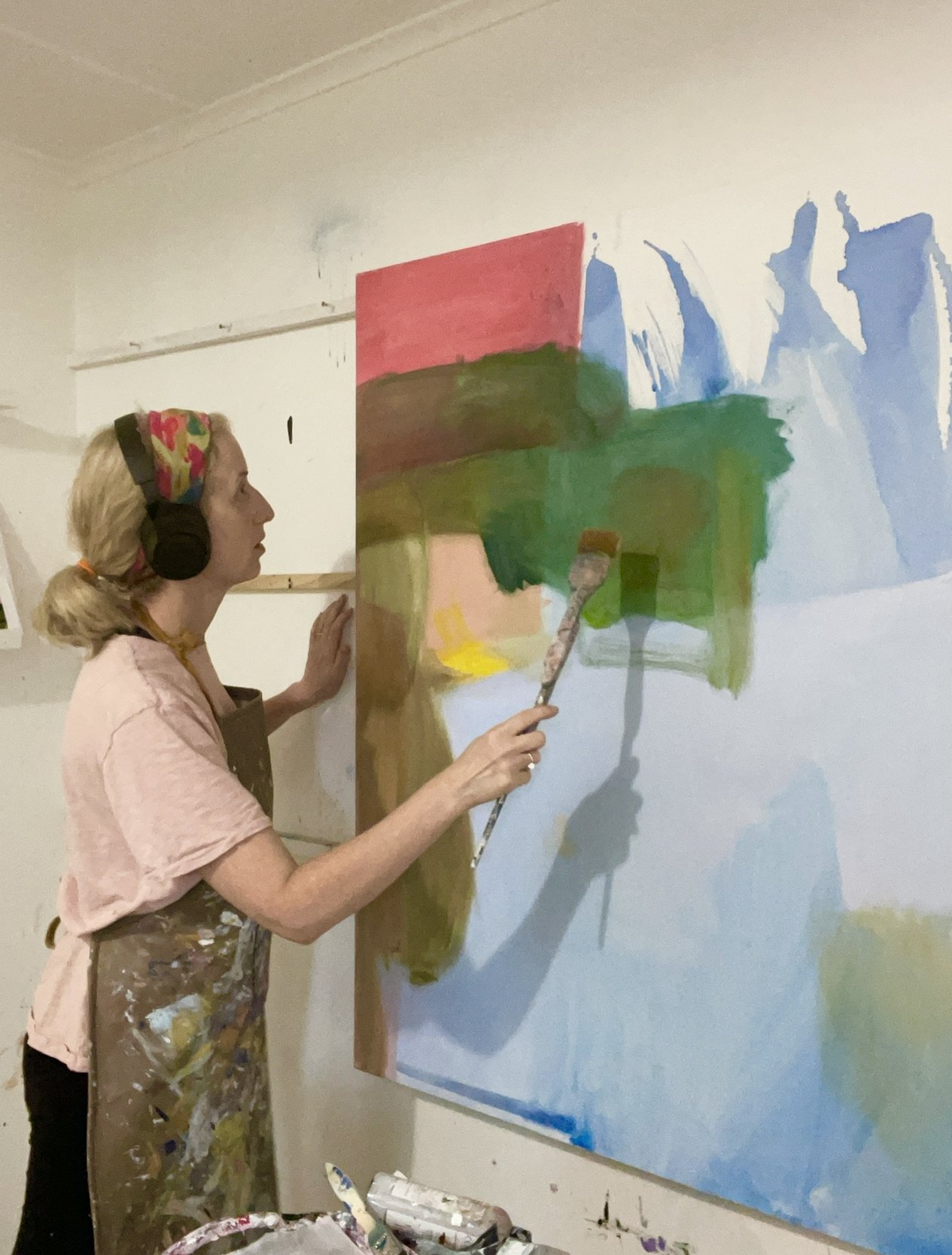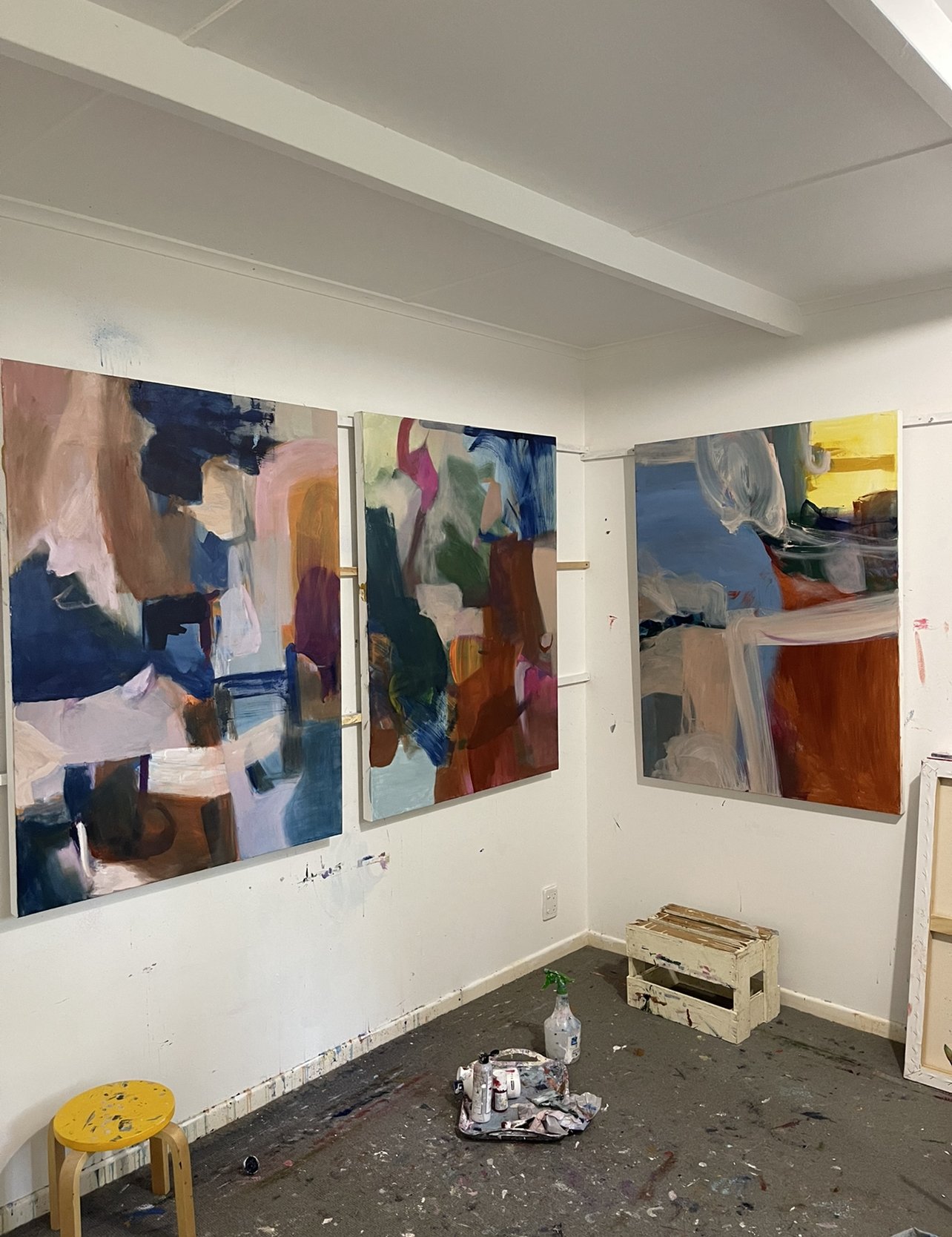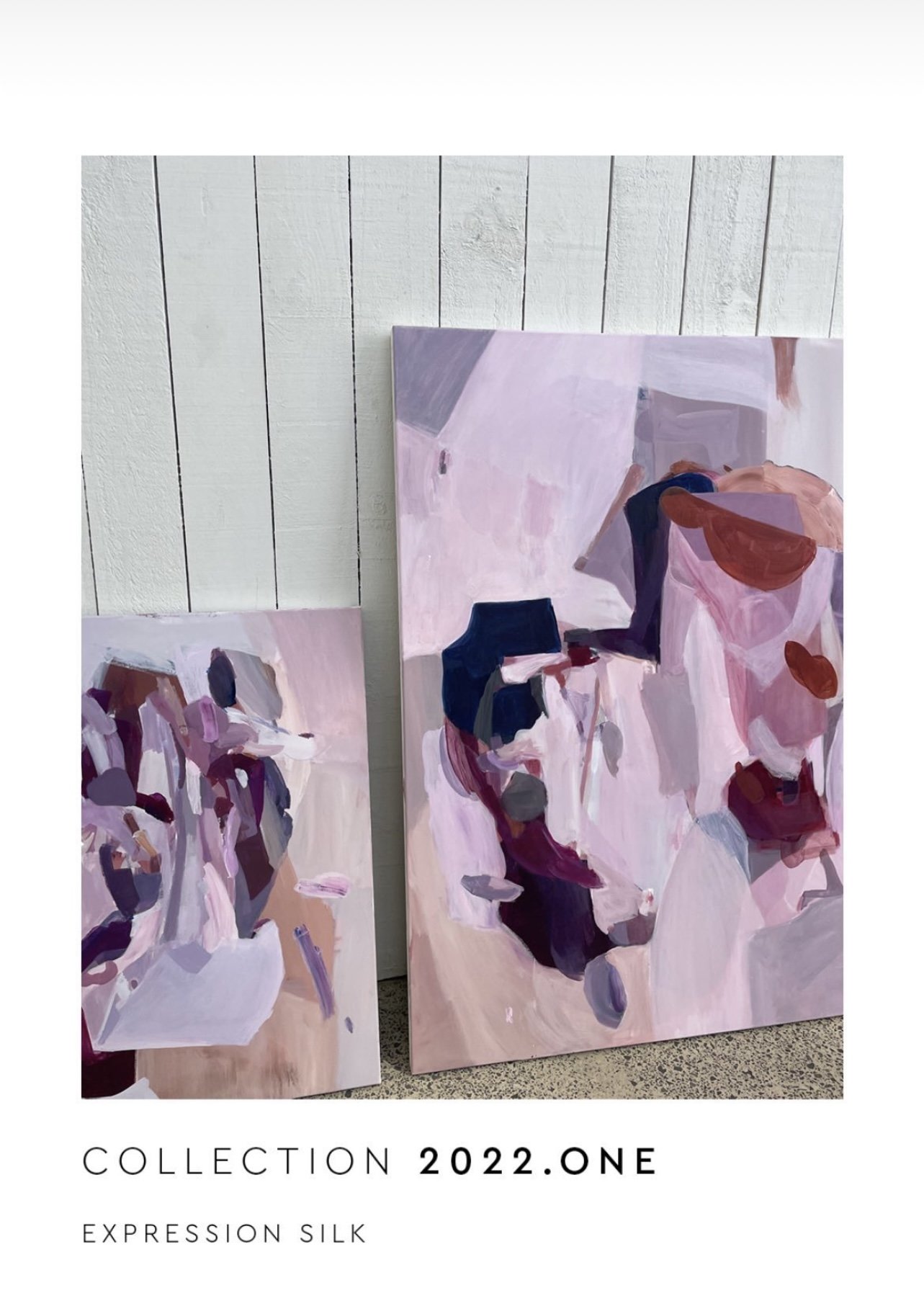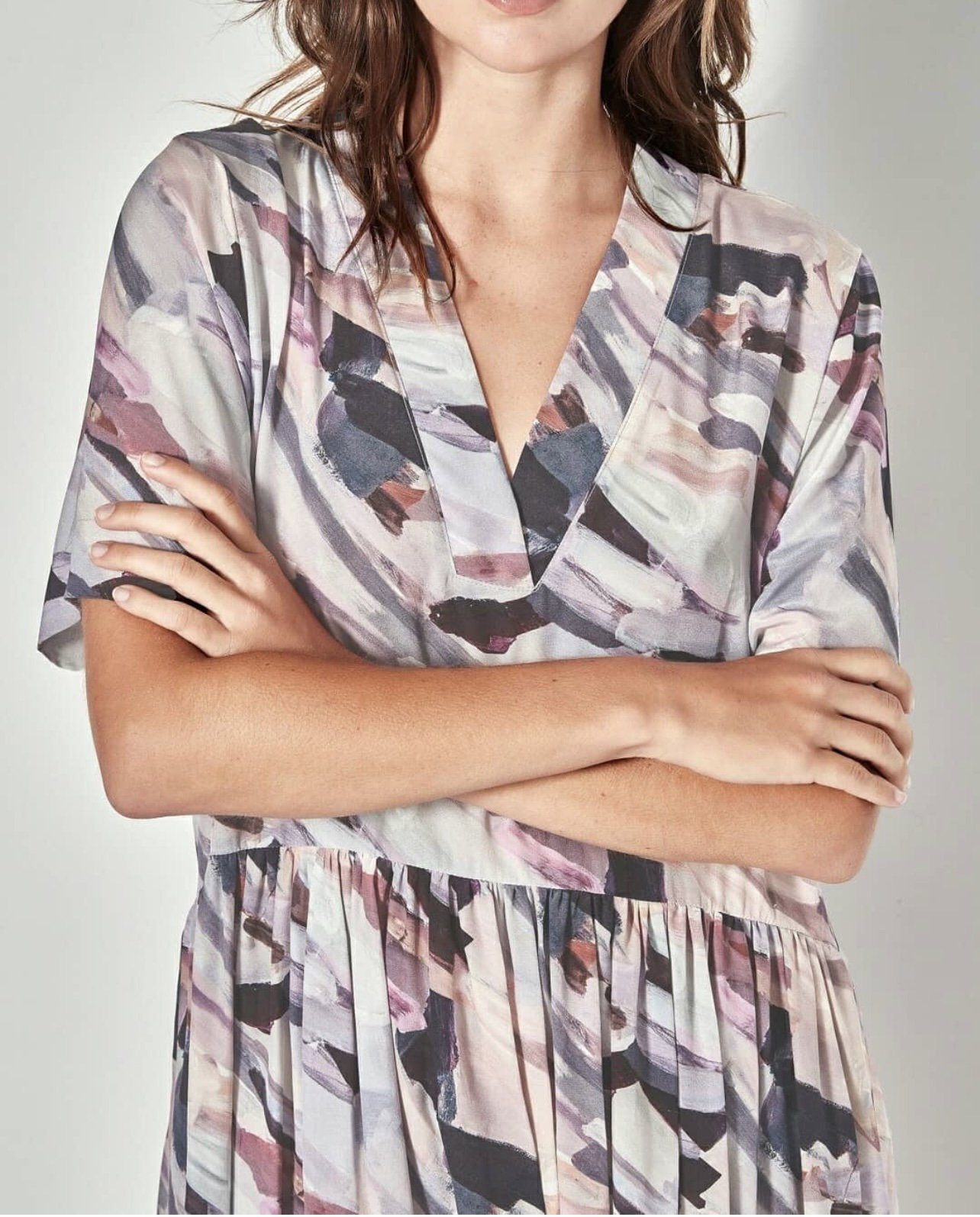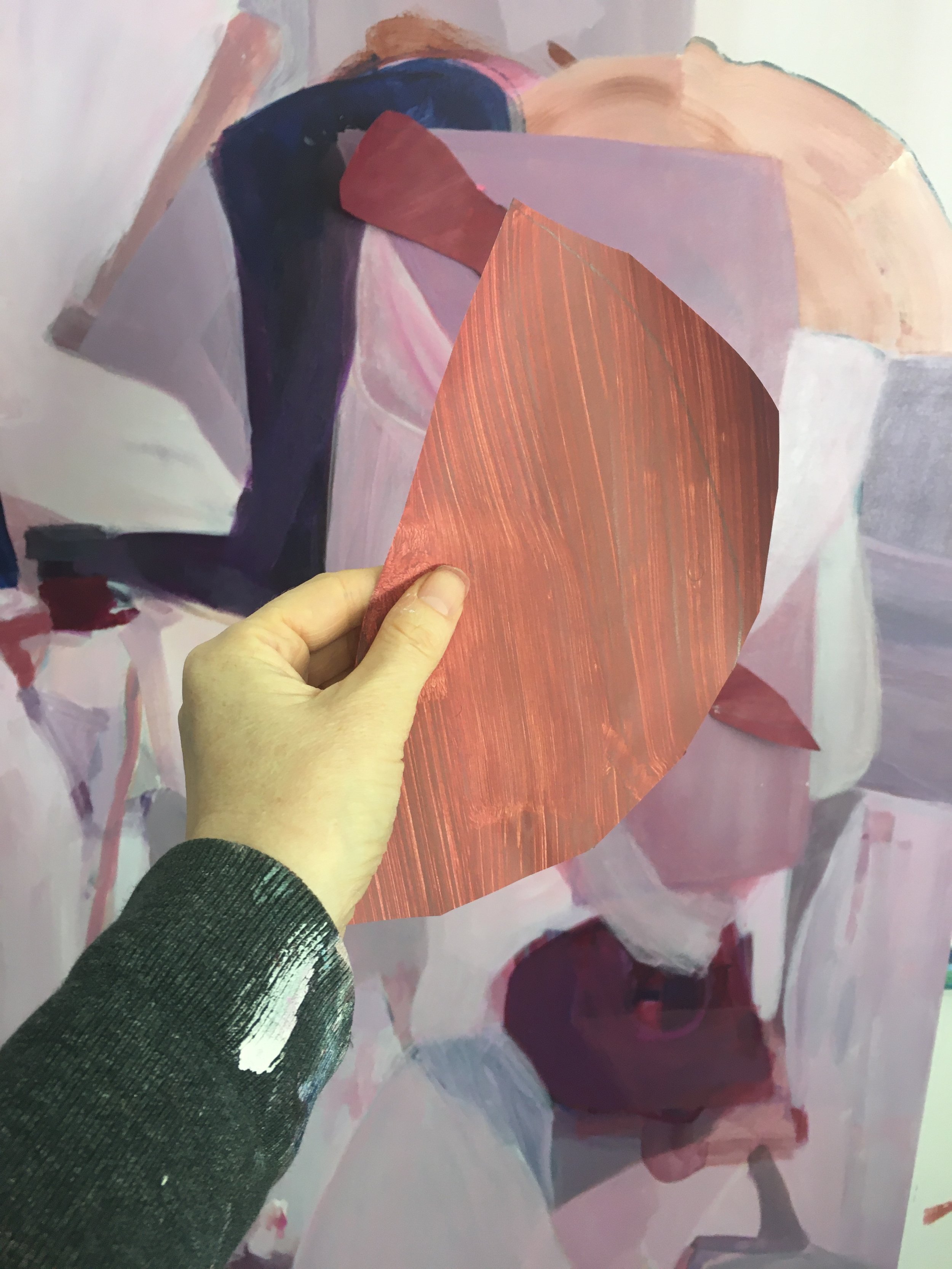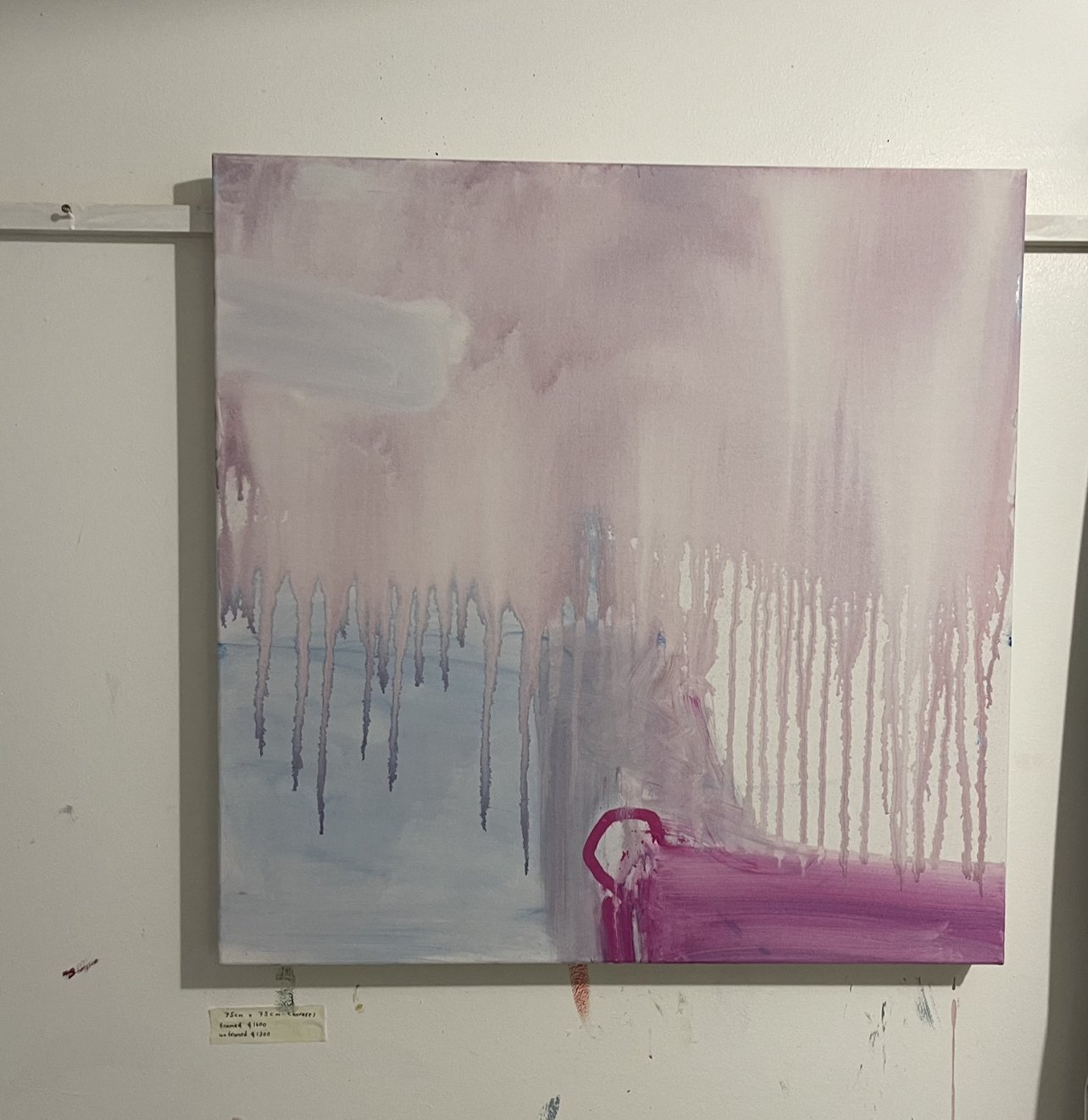I’ve got into a few conversations lately where people tell me they want to start drawing or painting again. It’s something they used to do but they stopped and then got out of the habit and now they feel like they never have the time.
So many of us let the creative side of ourselves fall away and it can be so hard to start again. I went years thinking I didn’t need to create but now I look back there was always something missing and my life is so much more fulfilling with time creative time.
Here are seven ideas to get you creating
1 Use cheap paper and have lots of it to hand. A page of pristine quality paper can be intimidating. I started using cut up used copy paper.
2 Choose one type of materials that you have hanging around - maybe a pot of indian ink, maybe a packet of cheap watercolours or a nice pen you have. Going to the art shop, researching materials will probably lead to more procrastination.
3 Think of a project, something where you produce a number of images rather than working on one ”masterpiece’ the idea is to get back into the habit of creating.It could be to draw one flower each day, It could be to draw a 5 min landscape, you could focus on lines and each day fill a paper one day with geometric lines, the next with swooping waves and bends. When I started painting again I did messy squares of colour on very small scraps of photocopy paper. It was fun to remember which colours I liked and to see which colours worked together.
4 The important thing is to start, and add work to your pile. Try not to worry if one picture you’ve created feels like a failure, instead, try to focus on how you’ll feel when you are looking in front of you at 50 pictures. You might look at that one that didn’t work out and see something in it you can learn from.
5 Put the materials somewhere you’ll see them- dining table, coffee table so that it’s easy to just pick them up and start.
6 If it’s still hard to begin, and the blankness of the page still intimidates you. Start by using paper with an image on. Use collage. Close your eyes and do a big washy line.
7 And the last thing, to make it happen is to choose a time when you’ll be creative . Like, with your morning coffee. I’ve drawn while watching Tv, waiting for appointments, usually at the coffee table after putting my daughter to bed.





